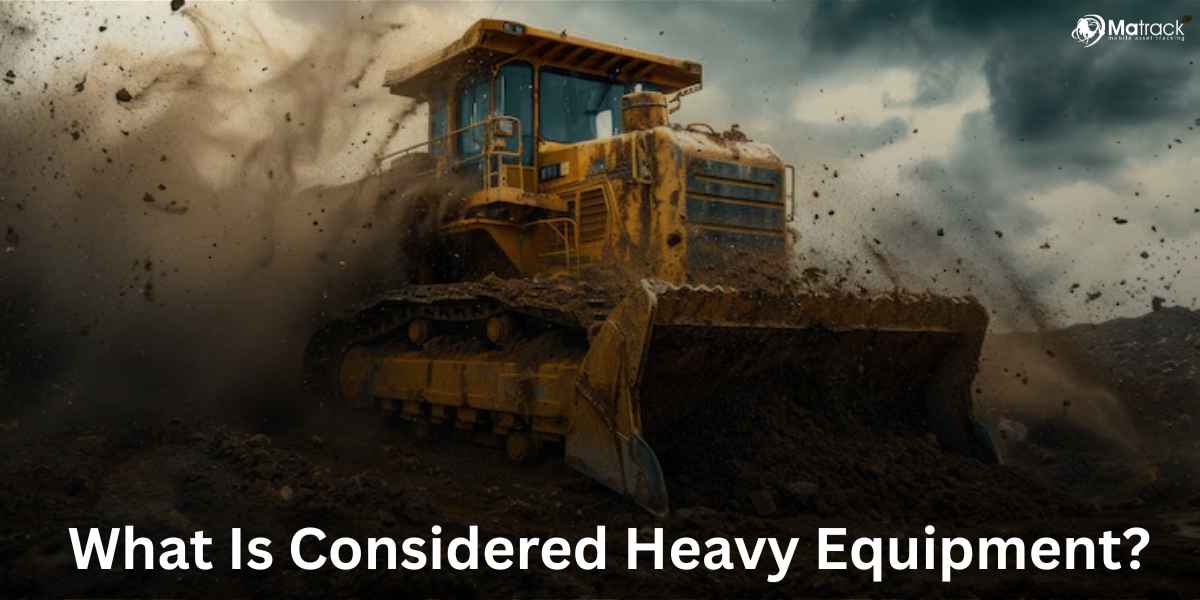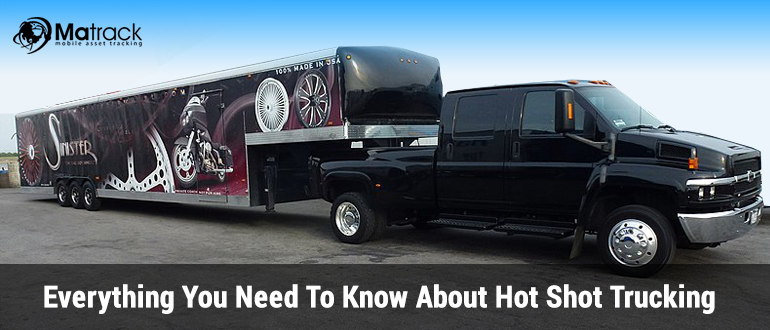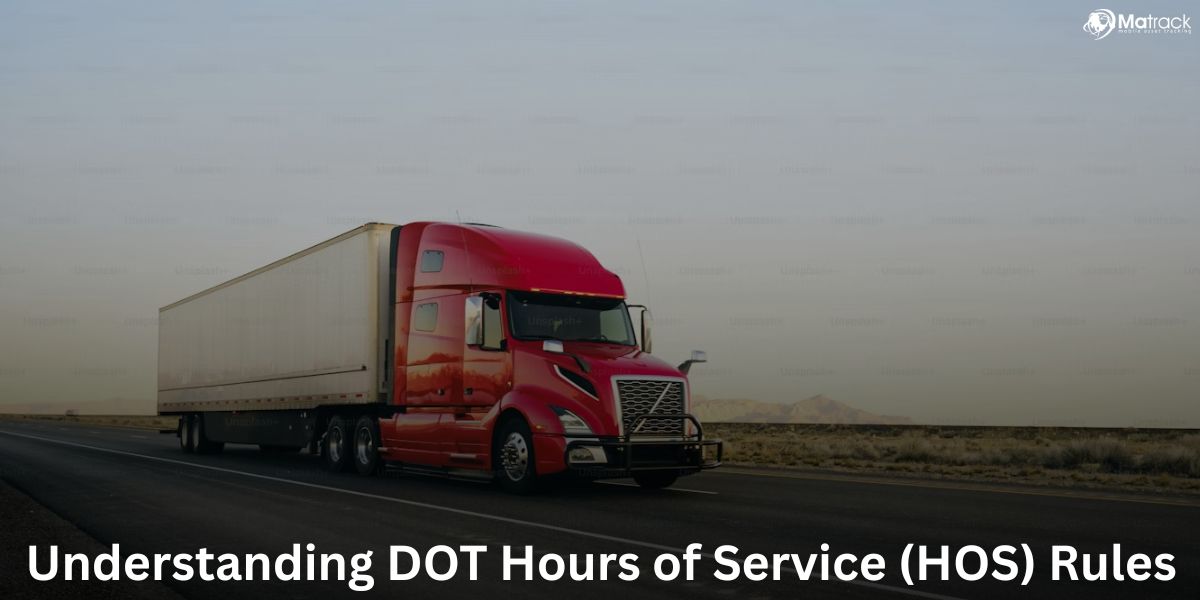Key Takeaways:
- Heavy equipment refers to large, power-driven machines used in industries like construction, mining, agriculture, and logistics to perform tasks such as excavation, lifting, and hauling.
- These machines are classified based on size, engine power, mechanical function, and industrial application, with a minimum weight threshold of 5,000 lbs.
- There are six main categories of heavy equipment, including earthmoving, lifting, material handling, road construction, agricultural, and mining machinery, each with specific machines designed for their function.
- Matrack’s GPS tracking system helps monitor the location, movement, and usage of heavy equipment, making it easier to manage assets and prevent unauthorized activity.
What Is Heavy Equipment?
Heavy equipment is large, power-driven machinery used in construction, mining, agriculture, and logistics to perform high-load tasks like excavation, lifting, grading, and material handling. These machines rely on high-horsepower engines and reinforced structures to execute work beyond manual capacity.
Classification of heavy equipment depends on weight above 5,000 lbs, engine power, mechanical function, and use in industrial operations.
How Is Heavy Equipment Defined?
Heavy equipment is defined by its size, power, function, and purpose. Machines that meet all four criteria fall into this category.
- Size: Equipment must weigh more than 5,000 lbs.
- Power: Equipment must operate using mechanical engines above 100 horsepower.
- Function: Equipment must execute tasks like digging, grading, or hauling.
- Purpose: Equipment must serve industrial or commercial operations.
These four qualifiers create a consistent classification system for identifying heavy equipment. Any deviation from these disqualifies machinery from being considered heavy-duty.
What Are The Classifications Of Heavy Equipment?
Earthmoving Equipment
Earthmoving equipment includes machines that dig, trench, move, or level soil and rock. These machines are essential in site preparation, grading foundations and reshaping landscapes.
Lifting Equipment
Lifting equipment handles vertical movement of materials on construction and industrial sites. Cranes, forklifts and telehandlers raise, position or lower heavy loads safely and efficiently.
Material Handling Equipment
Material handling equipment moves bulk items within warehouses, factories and job sites. These machines include conveyors, dump trucks and loaders that manage internal logistics and transport.
Paving and Road Equipment
Paving and road equipment lays, compacts and levels road surfaces. Machines such as asphalt pavers, compactors and graders ensure consistent road construction and maintenance.
Agricultural Equipment
Agricultural equipment performs mechanical farming tasks such as plowing, harvesting and soil treatment. Tractors, harvesters and sprayers increase field productivity and minimize manual effort.
Mining Equipment
Mining equipment extracts and processes minerals from the earth. Machines including drills, crushers and haul trucks handle excavation, material transport and ore breakdown.
18 Types of Heavy Equipment
1. Excavators
Excavators are hydraulic-powered machines used for digging, trenching, and material removal. They have a rotating cab, articulated arm, and bucket that provide reach and control in excavation projects.
2. Bulldozers
Bulldozers are tracked vehicles equipped with a wide, flat blade at the front. They push soil, sand, rubble, or debris to clear land or create rough grading surfaces.
3. Backhoe Loaders
Backhoe loaders combine a loader in the front with a backhoe in the rear. This dual configuration makes them ideal for small to medium-scale digging, trenching, and loading work.
4. Wheel Loaders
Wheel loaders have large front buckets and operate on wheels instead of tracks. They move and load loose materials like gravel, soil, and sand quickly and efficiently.
5. Skid Steer Loaders
Skid steer loaders are compact, maneuverable machines with lift arms. Their small size makes them ideal for material handling and light excavation in confined spaces.
6. Motor Graders
Motor graders use a long adjustable blade for fine grading, slope leveling, and road shaping. They are used primarily in road construction and maintenance projects.
7. Cranes
Cranes are used to lift, lower, and move heavy materials vertically and horizontally. Types include tower cranes, mobile cranes, and crawler cranes, each suited to specific lifting tasks.
8. Dump Trucks
Dump trucks transport loose construction materials such as sand, gravel, and demolition waste. Their hydraulic lift beds allow for quick unloading on site.
9. Asphalt Pavers
Asphalt pavers evenly distribute asphalt mixtures across roadbeds. They are used in highway construction to create smooth and uniform surfaces.
10. Compactors
Compactors use heavy rolling drums to compress soil, asphalt, or other materials. This improves surface stability and load-bearing capacity.
11. Trenchers
Trenchers cut narrow, deep trenches in the ground for laying pipes or cables. They are used in both utility installation and agricultural irrigation.
12. Scrapers
Scrapers cut and collect soil from the ground, then transport and spread it over short distances. They are used in site leveling and earthmoving operations.
13. Forklifts
Forklifts lift and transport palletized materials in warehouses and construction sites. Their lifting forks and hydraulic systems allow precise vertical handling.
14. Telehandlers
Telehandlers are lifting machines with an extendable boom. They combine the functionality of a forklift with increased reach for material placement at height.
15. Tractors
Tractors are versatile agricultural machines used for pulling or powering implements. They support plowing, tilling, and planting operations across large fields.
16. Harvesters
Harvesters automate the collection of crops such as wheat, corn, and soybeans. They increase efficiency and reduce the time required for manual harvesting.
17. Rock Crushers
Rock crushers break down large rocks into smaller, usable material. They are essential in mining, quarrying, and material recycling processes.
18. Drilling Machines
Drilling machines create holes in the earth for construction, mining, or utility placement. Rotary drills and percussion drills are used depending on the material hardness.
Related: Types Of Construction Vehicles
How Matrack Helps You Track Heavy Equipment?
Matrack makes it easy to keep tabs on heavy equipment by showing exactly where each machine is at any given time. If a piece of equipment leaves a job site or moves during off-hours, you receive an alert immediately.
The GPS fleet tracking device is built to handle tough environments and require minimal upkeep. Once installed, they continue tracking usage, movement, and idle time without needing manual checks.
You can access all this information from a laptop or phone using Matrack’s platform. It helps reduce guesswork, prevent losses, and maintain full control over your equipment.



